📰 CEASEFIRE: Can a pause in fighting lead to lasting peace where conflicts have become the norm?
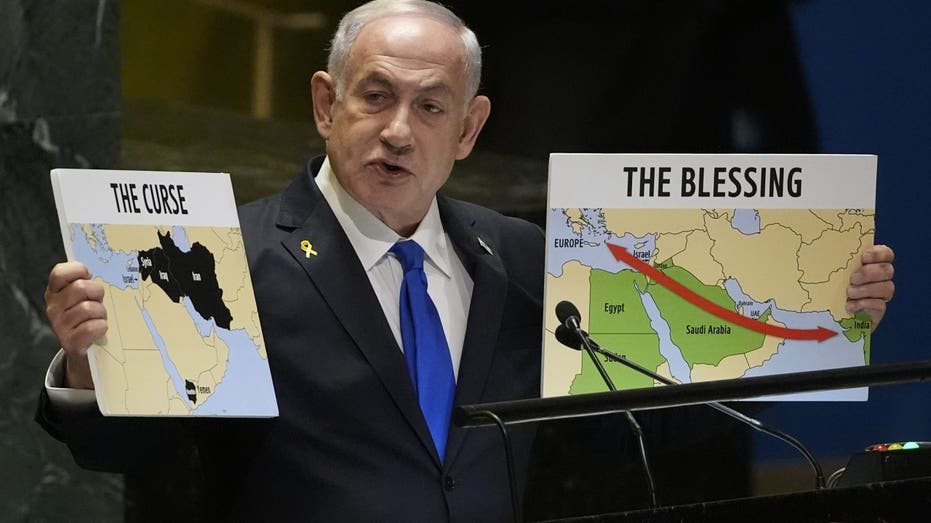
President Donald Trump brokered a ceasefire agreement between Israel and Iran, with the announcement taking effect 12 hours later to allow for final military maneuvers. Despite concerns of a ceasefire violation due to Iranian missile fire, experts like John Spencer praised the historic U.S. operation and Trump’s restraint in focusing on preventing Iran from obtaining nuclear weapons. Spencer highlighted historical precedents of delayed ceasefire activations, such as the Korean War armistice and the Battle of Suez City, to explain the phased approach of the Israel-Iran ceasefire. The agreement was compared to past peace accords like the Dayton Peace Accords and the 2014 Gaza war ceasefire, emphasizing the strategic and political significance of temporary pauses in conflicts. Spencer viewed the ceasefire as an important off-ramp for both sides, establishing a new doctrine and serving as an effective deterrent against future hostilities.
📰 NATO leader praises Trump for ‘decisive action’ on Iran
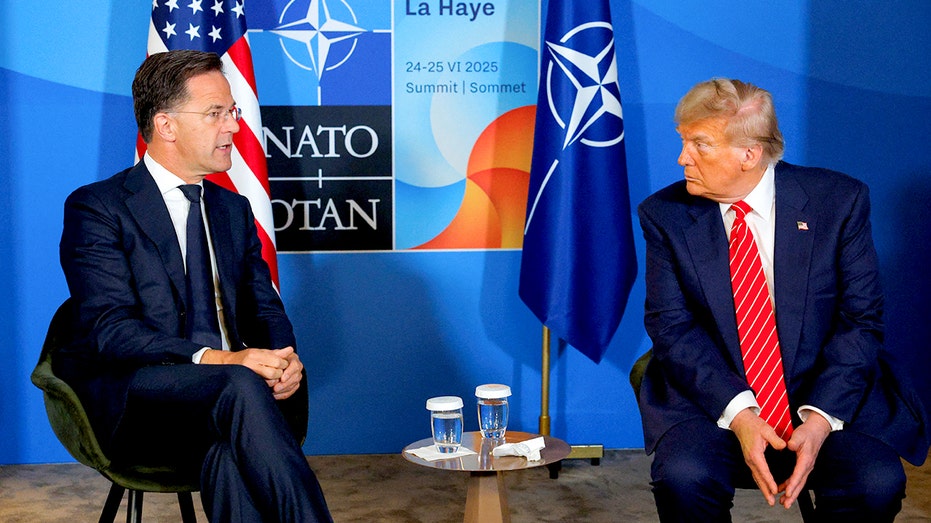
President Donald Trump received praise at the 2025 NATO Summit for the U.S. strike on Iran’s nuclear facilities, with NATO Secretary-General Mark Rutte commending Trump’s strength and peace efforts. Rutte expressed support for Trump’s actions against Iran in texts shared by the president on Truth Social while en route to the summit. Rutte also lauded Trump’s success in convincing NATO members, except Spain, to increase defense spending to 5% of their GDP, a feat unprecedented in decades. Various NATO leaders had mixed reactions to the strikes, with some emphasizing the need for de-escalation and diplomatic solutions to the Iranian crisis. The article also highlighted statements from UK Prime Minister Keir Starmer and Canadian Prime Minister Mark Carney calling for stability in the Middle East and diplomatic resolutions to the crisis.
📰 US airstrikes leave a mark on Iran’s nuclear sites, Maxar satellite images reveal
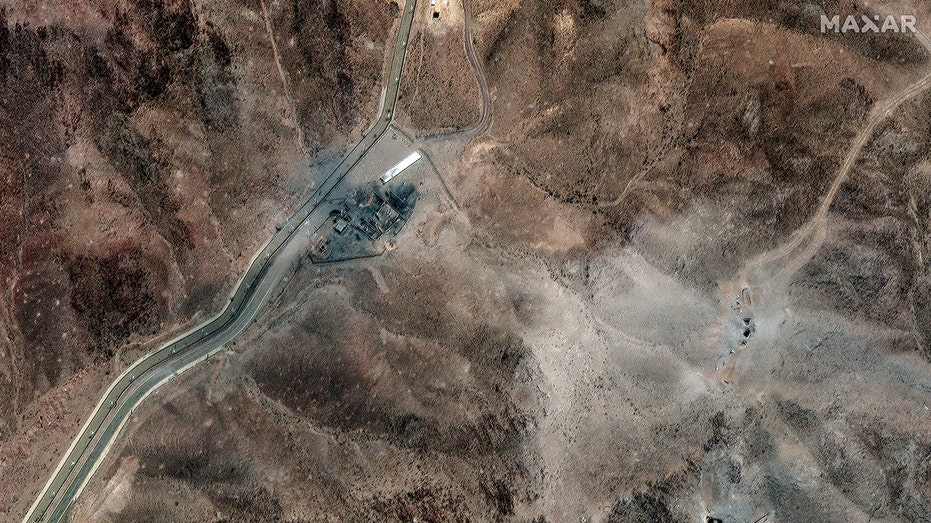
Fresh satellite imagery from Maxar Technologies reveals significant damage at three of Iran’s key nuclear sites – Fordow, Natanz, and Isfahan – following U.S. B-2 stealth bomber strikes ordered by President Trump. The photos, released on June 24, offer clear visuals of the precision and depth of the U.S. assault on Iran’s nuclear infrastructure. At Fordow, multiple craters are visible along access roads and tunnel entrances, with perimeter buildings destroyed and an access road cratered. The Isfahan Nuclear Technology Center and Natanz also show damage, with tunnel entrances hit directly and craters believed to be caused by U.S. ordnance. The strikes targeted underground centrifuge halls crucial to Iran’s uranium enrichment, confirmed by IAEA Director General Rafael Grossi, leading to severe setbacks in Iran’s nuclear program according to American officials. Additionally, separate airstrike damage near Tehran’s Shahid Rajaee University was documented in the satellite images.
📰 IAEA director says Iran’s enriched uranium can’t be located following US military strikes
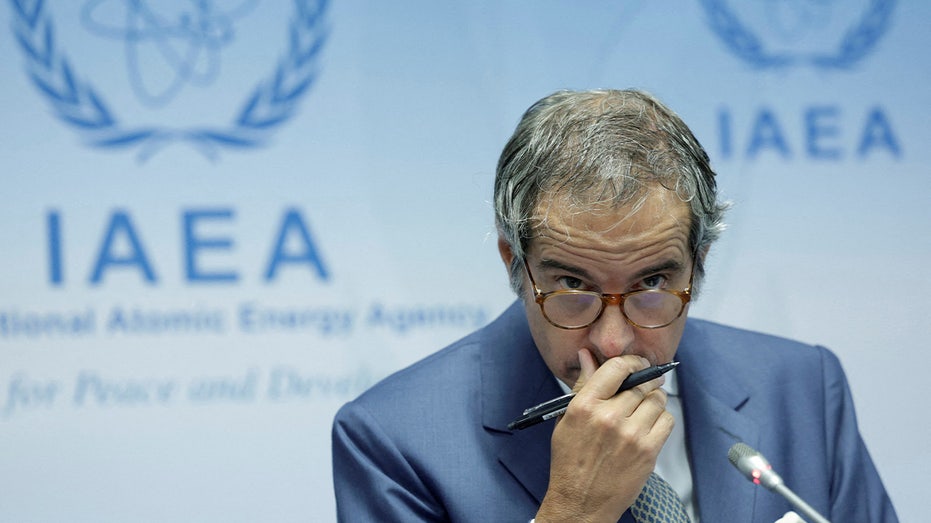
The International Atomic Energy Agency (IAEA) Director General Rafael Mariano Grossi expressed concern over the whereabouts of nearly 900 pounds of potentially enriched uranium in Iran, as Iranian officials claimed it was being moved for protection ahead of potential strikes on nuclear facilities. The U.S. military conducted precision strikes on three key nuclear sites in Iran, causing significant damage to the Natanz facility where enrichment activities were taking place. Grossi emphasized the importance of locating the missing uranium and ensuring accountability for all nuclear materials in Iran. Despite Vice President JD Vance’s assertion that Iran’s inability to enrich uranium to 90% limits their nuclear weapon capability, Grossi stressed the need for thorough investigation and monitoring to prevent any misuse of nuclear materials. The IAEA chief highlighted the necessity of resuming inspection activities to verify Iran’s compliance with nuclear regulations and to address concerns about the peaceful nature of Iran’s nuclear program.
📰 UN chief praises Trump for Iran-Israel ceasefire days after condemning US strikes
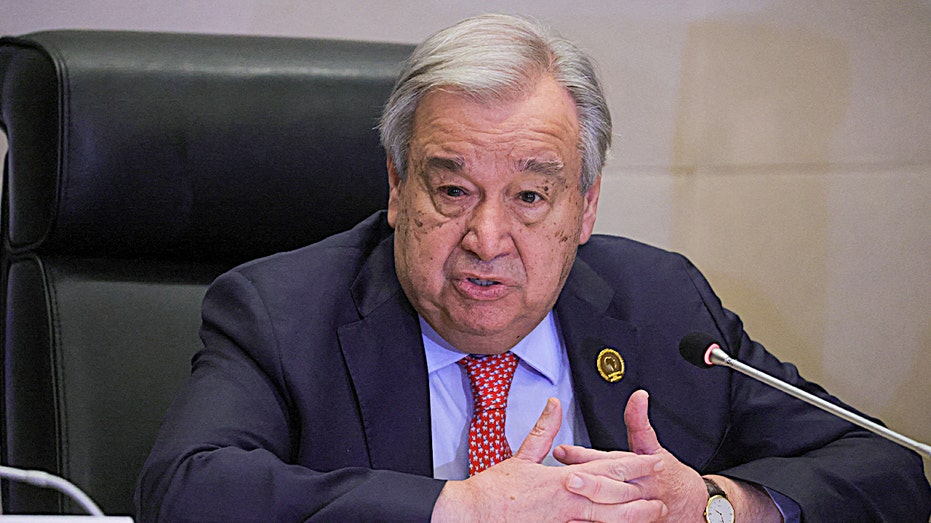
United Nations Secretary-General António Guterres praised President Donald Trump for announcing a ceasefire between Israel and Iran, despite being a vocal critic of Trump. Guterres urged both countries to fully respect the ceasefire to end the suffering of their people. Just days earlier, Guterres had condemned U.S. strikes in Iran, warning of the dangerous consequences for the region. Trump’s ceasefire announcement came shortly after Guterres’ warning, halting what he referred to as the “12-Day War.” Trump expressed frustration with both Israel and Iran as the ceasefire faced challenges, but he ultimately prevented Israel from attacking Iran and reaffirmed his opposition to Iran having nuclear weapons. The president emphasized that both sides were equally interested in ending the conflict.
0개의 댓글